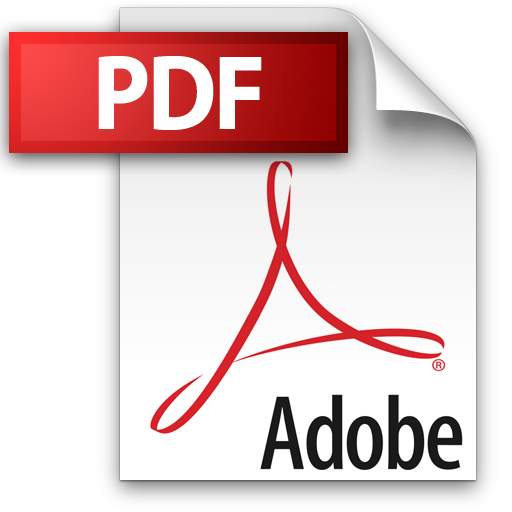61 | Add to Reading ListSource URL: www.asterism.org- Date: 2013-11-22 19:32:37
|
|---|
62 | Add to Reading ListSource URL: sci.esa.int- Date: 2013-10-02 13:08:05
|
|---|
63 | Add to Reading ListSource URL: astronomy101.jpl.nasa.gov- Date: 2018-02-06 17:12:29
|
|---|
64 | Add to Reading ListSource URL: astronomy101.jpl.nasa.gov- Date: 2017-09-19 16:11:14
|
|---|
65 | Add to Reading ListSource URL: astronomy101.jpl.nasa.gov- Date: 2017-09-19 16:11:15
|
|---|
66 | Add to Reading ListSource URL: astronomy101.jpl.nasa.gov- Date: 2017-09-19 16:11:15
|
|---|
67 | Add to Reading ListSource URL: astronomy101.jpl.nasa.gov- Date: 2018-02-06 17:12:30
|
|---|
68 | Add to Reading ListSource URL: astronomy101.jpl.nasa.gov- Date: 2018-02-06 17:12:30
|
|---|
69 | Add to Reading ListSource URL: eclipse.aas.org- Date: 2016-08-31 16:57:17
|
|---|
70 | Add to Reading ListSource URL: www.lpi.usra.edu- Date: 2003-07-31 15:07:33
|
|---|